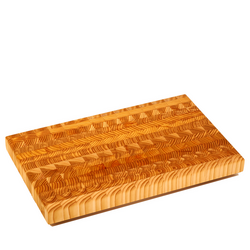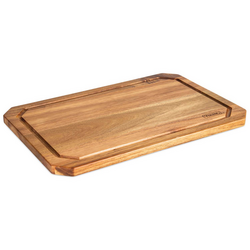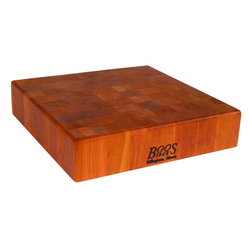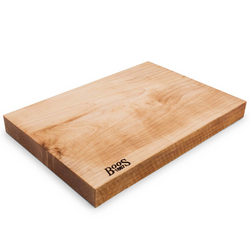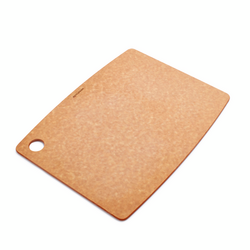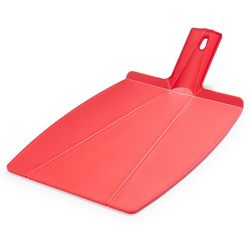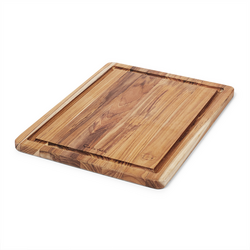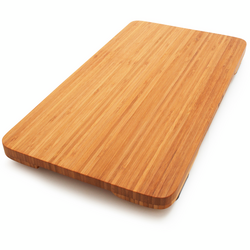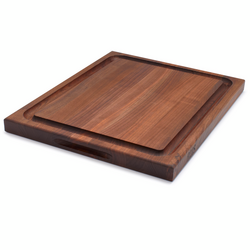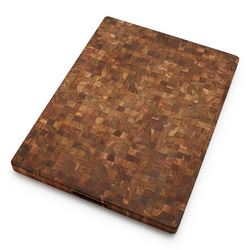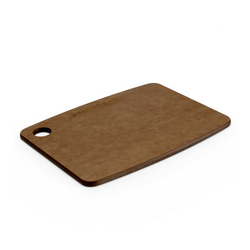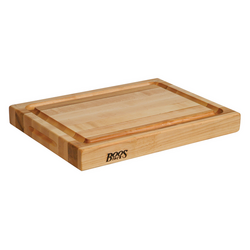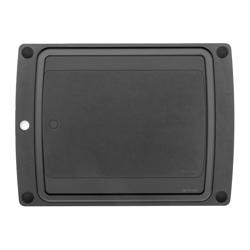-
(6)
Beautiful Larch wood cutting board...Excellent cutting board!...Beautiful cutting board! Rubber feet keep board in place. We also use it for serving charcuterie and various appetizers.
Pros: beautiful design, rubber feet, love it
Add to Bag -
(22)
Excellent wood cutting board!...This cutting board is not only very functional but it's beautiful. ...Viking Acacia Wood Cutting Board with Juice Groove
Pros: quality, juice groove, beautiful
Add to Bag -
(2)
The Perfect Cutting Board!...A beautiful board and quite massive, yet light...And never leave it wet for long periods of time.
This board is massive, yet not too heavy. The cherry wood is a little softer than my walnut or maple end-grain boards.Pros: beautiful, pleasant to use, perfect size
Add to Bag -
This beautiful edge-grain cutting board is made from sustainably sourced, hand-selected solid Northern Hard Rock Maple Wood—widely recognized as one of finest, most durable food preparation surfaces in the world. Crafted of a single piece of Northern...
Add to Bag
Wood Cutting Boards
Cutting boards are an essential part of almost any kitchen. They're the surfaces you chop, slice, dice, and mince on. Wood cutting boards are some of the most popular types of cutting boards and for good reason. They offer a variety of benefits that make them a great option for almost any kitchen. These cutting boards are typically made from hardwoods like maple, walnut, and cherry. Here are some great options.
Wood Cutting Boards
FAQ List
Wood cutting boards are typically made from hardwoods such as maple, walnut, and cherry, although softwoods like pine and cedar are also used.
Clean your wood cutting board with warm soapy water and dry it thoroughly after each use. Avoid soaking the board in water or putting it in the dishwasher as this can cause warping and cracking. It's also important to regularly oil your board to prevent drying out and cracking.
Yes, wood cutting boards can be used for a variety of tasks, including chopping meat and vegetables. However, it's important to sanitize the board after each use to prevent cross-contamination. Use a solution of one part white vinegar to four parts water to sanitize your board.
The size of your cutting board will depend on your needs. Consider the size of your kitchen and the types of tasks you will be using the board for. A larger board may be necessary for preparing large cuts of meat or vegetables, while a smaller board may be more practical for everyday use.
It's recommended to oil your wood cutting board once a month, or more often if you use it frequently. Use food-grade mineral oil or beeswax to oil your board, and apply it with a clean cloth or paper towel. Let the oil soak in for a few hours or overnight before wiping off any excess.

